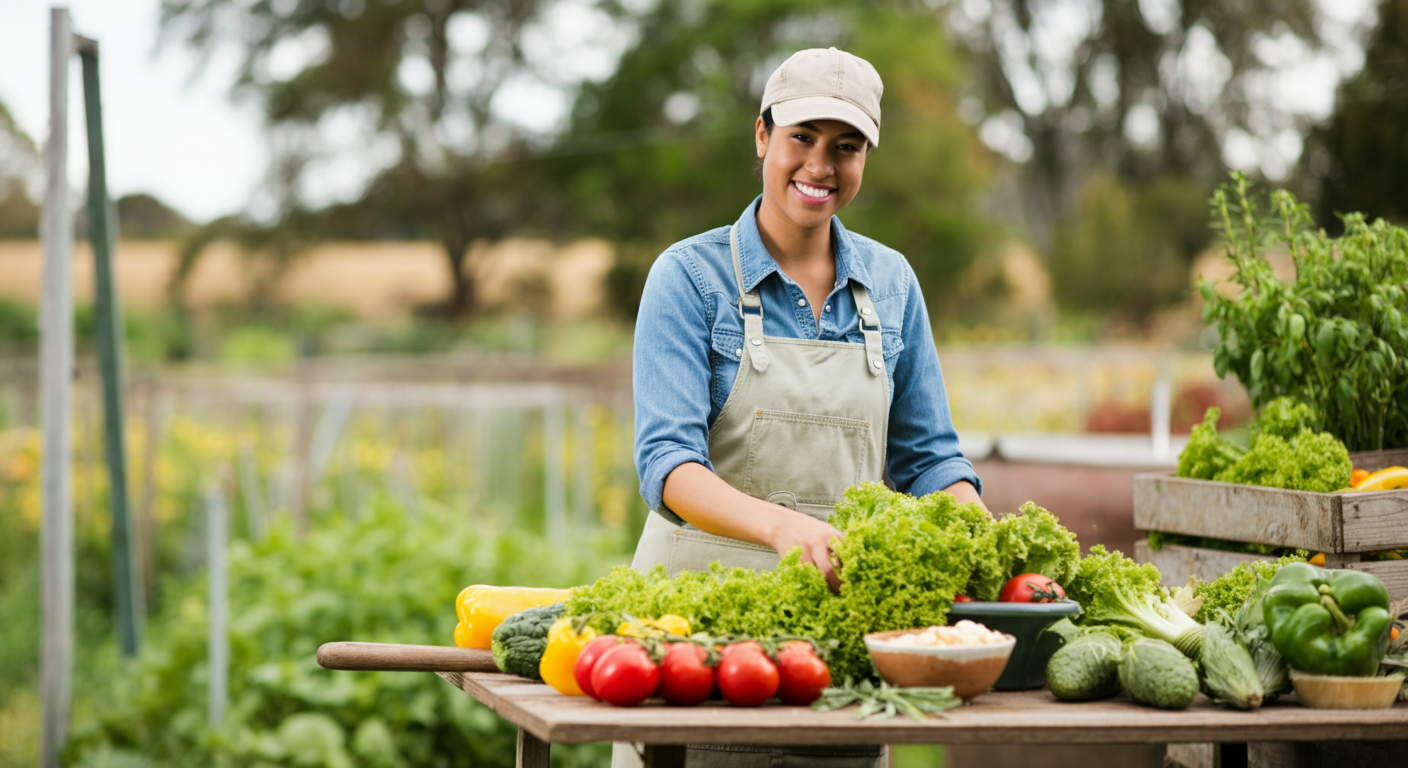Understanding Food Safety Regulations for Farmers
Farming is more than just planting seeds and harvesting crops—it’s about providing safe, nutritious food for communities. As a farmer, understanding food safety regulations is essential to protect consumers, maintain trust, and ensure the long-term success of your operation.
While regulations may seem overwhelming at first, they are designed to minimize risks and create a consistent standard for food production. By taking a thoughtful approach, you can integrate these practices smoothly into your daily routines.

Why Food Safety Regulations Matter
Foodborne illnesses affect millions of people each year, and contaminated produce can have serious consequences for public health. Regulations help prevent outbreaks by establishing guidelines for:
- Growing practices (water quality, soil management, and pesticide use)
- Harvesting and handling (proper washing, storage, and transportation)
- Record-keeping (traceability in case of recalls)
Complying with these rules not only safeguards consumers but also enhances your farm’s reputation. Buyers, including grocery stores and restaurants, often require proof of food safety certifications before purchasing your products.
Key Regulations to Know
1. Food Safety Modernization Act (FSMA)
The FSMA, enforced by the FDA, focuses on preventing contamination rather than reacting to it. Key components include:
- Produce Safety Rule: Sets standards for water, soil, worker hygiene, and equipment sanitation.
- Preventive Controls Rule: Applies to facilities that process food, requiring risk assessments and safety plans.
Small farms may qualify for exemptions or modified requirements, so it’s important to check if these rules apply to your operation.
2. Good Agricultural Practices (GAPs)
GAPs are voluntary guidelines that promote safe growing, harvesting, and packing. Many buyers require GAP certification, which involves an on-farm audit. Key areas include:
- Worker training on hygiene and illness prevention
- Proper manure and compost use
- Clean packing and storage areas
3. Local and State Regulations
Depending on your location, additional rules may apply, such as:
- Licensing for selling at farmers’ markets
- Specific requirements for dairy, meat, or value-added products
- Water testing mandates
Check with your state’s Department of Agriculture for details.
Practical Steps for Compliance
- Start with a Risk Assessment
Identify potential hazards in your production process, such as water sources, wildlife intrusion, or worker hygiene. - Develop Standard Operating Procedures (SOPs)
Document how you handle food safety, from washing produce to storing harvested crops. Clear instructions help maintain consistency. - Train Your Team
Ensure all workers understand hygiene practices, proper tool sanitation, and illness reporting. - Keep Detailed Records
Track water tests, cleaning schedules, and harvest dates. These logs are crucial for audits and inspections. - Consider Certification
If selling to larger buyers, GAP or FSMA certification may be necessary. Even if not required, certifications can build consumer confidence.
Final Thoughts
Food safety regulations are not just bureaucratic hurdles—they’re a framework for producing food that’s safe and trustworthy. By taking proactive steps, you can protect your customers, strengthen your farm’s reputation, and contribute to a healthier food system.
If you’re unsure where to start, reach out to local agricultural extensions or food safety experts. Many organizations offer free resources, workshops, and one-on-one guidance to help farmers navigate these requirements with ease.
Remember, every small improvement in food safety is a step toward a more sustainable and responsible farming future.